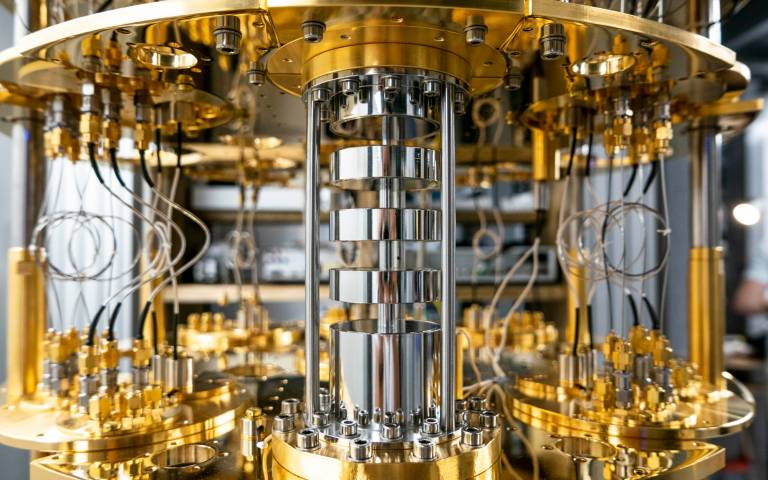How Do Scientists Classify and Study Stars?
Scientists classify and study stars in a variety of ways, using a range of techniques and tools to understand their properties, evolution, and role in the universe.
Here is an overview of some of the main ways that scientists classify and study stars:
- Spectral classification: One of the most common ways that scientists classify stars is by their spectral type, which is based on the features present in the star's spectrum. The spectrum of a star is a record of the light it emits, and it can reveal important information about the star's temperature, mass, and chemical composition. Scientists use spectral classification to group stars into different categories based on the characteristics of their spectra. The most common spectral classification system is the Harvard spectral classification, which divides stars into seven main categories: O, B, A, F, G, K, and M. Each of these categories is based on the strength and characteristics of certain lines in the star's spectrum, and they are assigned in order of increasing temperature, from hottest (O) to coolest (M).
- Photometry: Another way that scientists study stars is through photometry, which involves measuring the brightness and color of a star. Photometry can provide important information about the star's size, temperature, and distance, as well as its evolution and age. Scientists use a variety of instruments, such as telescopes and satellite-based observatories, to perform photometry on stars.
- Astrometry: Astrometry is the study of the positions and movements of stars in the sky. Scientists use astrometry to measure the distances, ages, and other properties of stars, as well as to understand their evolution and the structure of the Milky Way galaxy. Astrometry can be performed using ground-based telescopes or satellite-based observatories, which allow scientists to measure the precise positions of stars with high accuracy.
- Spectroscopy: Spectroscopy is the study of the spectra of stars and other celestial objects, and it is an important tool for understanding their physical and chemical properties. Scientists use spectroscopy to measure the composition, temperature, and other characteristics of stars, as well as to study the properties of the interstellar medium and the atmospheres of planets. Spectroscopy can be performed using ground-based telescopes or satellite-based observatories, which allow scientists to study the spectra of stars and other objects in detail.
Overall, scientists use a variety of techniques and tools to classify and study stars, and this research helps us to understand the properties and evolution of these celestial objects, as well as their role in the universe.





